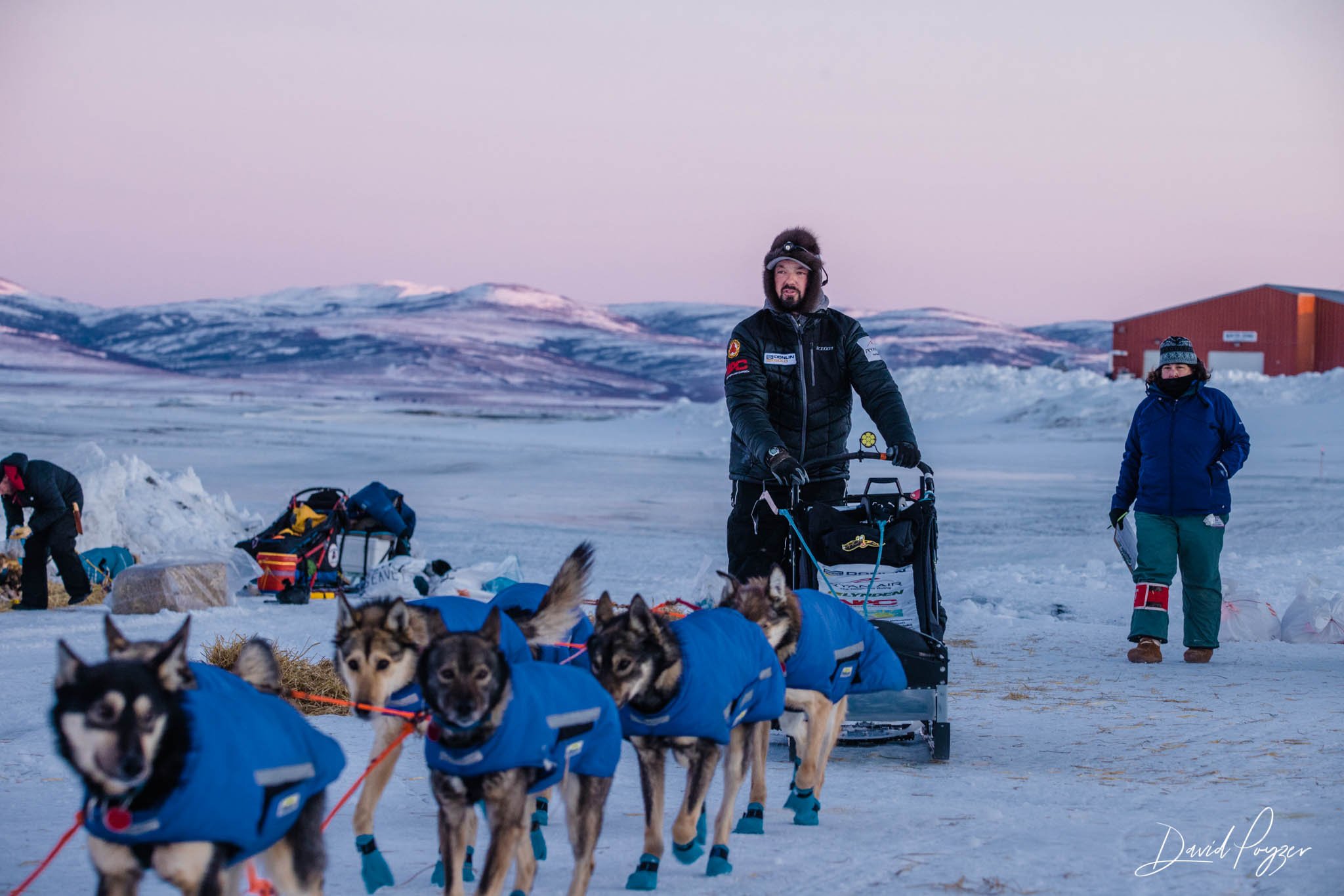Dog Nutrition - The Basic Six
Sed dog ready for breakfast.
“What should I feed my dog?” Probably the most commonly asked question at the veterinarian’s office. There are hundreds of commercially available dog food brands on the market, and most of them provide a well-balanced diet. But what are we really serving our four-legged companions?
Dogs, as humans, have six basic nutrient needs that should be covered for a good diet; water, proteins, fats, carbohydrates, vitamins and minerals. These are all essential to the basic functions in the dog’s body and should be incorporated in the regular diet.
WATER
Water is an essential part of your dog’s body function. The liquid moves important nutrients in and out of cells in the body, contributes to a better digestion of food, and help the body absorb nutrients. Water also serves as lubrication for joints to provide smooth movement of the body. Last but not least, water is used to keep your little friend cool, and maintain a normal and stable body temperature.
CARBOHYDRATES, FATS AND PROTEINS
There is no doubt that the most effective source of energy for canines is fat. Dogs get 250% more energy from fat than from carbohydrates and proteins. They are able to metabolise 90-95% of the fat they eat, fat is highly digestible, and helps regulate normal body functions in your dog. Proteins also play an important role in the diet, acting is the building block in the musculoskeletal system, just as for humans. Sufficient access to proteins is necessary to ensure healthy growth in young dogs, and reconstruction of tissue after exercise. Specifically omega-3 fatty acids should be emphasised in the diet. Omega-3 is beneficial for strengthening the immune system, improved heart health, brain development for young dogs, and reduced inflammation.
A widespread myth regarding dog nutrition is the animal’s lack of ability to digest carbohydrates. This is not entirely true. Dogs have trough evolution adapted to use fat as their main energy resource, instead of the human preference: carbohydrates. The reason is that their digestive system needs to work harder to process complex carbohydrates than fats. However, the fact that carbohydrate-specific enzymes are found in the dog’s digestive system, tells us that they are in fact able to digest carbohydrates to a significant extent. Cooking complex carbohydrates, such as starch, will make them more easily digestible for your dog. Cooked food in general can actually be positive as dogs have adapted to consume what has been given to them by their human friends. Idealisation of raw food diets for dogs is thus a misconception and can actually bring some health risk for dogs and humans in the house.
As dogs are members of the scientific order Carnivora, it’s a common conception that dogs should get their proteins mainly from a meat-based diet. That is not necessarily true. Carnivorans can be divided into three subgroups; true carnivores, herbivores and omnivores. Dogs belong to the latter group, meaning they under normal circumstances will have their nutritional needs met through a combination of plants and meat. Both tooth structure and intestines of dogs have adapted to an omnivorous diet through evolution. The source of protein is subordinate, while the digestibility and quality of the source is more important.
Dinner time! Credit: https://www.akc.org/expert-advice/nutrition/can-dogs-eat-wheat/
VITAMINS AND MINERALS
Vitamins and minerals are just as important for your dog as they are for you, in terms of optimal function of the body, muscles and vital organs. Most minerals and vitamins important to humans are also important to our little friends. Vitamin A, B, C, D , E and choline are all vital for your dog, albeit not in the same amount as for humans. The same goes for minerals such as calcium, magnesium, potassium, iron and choline. Make sure to provide your dog with sufficient amounts of these nutrients to ensure good health and life quality.
How you should feed your dog is highly dependent on several things. Breed, level of activity, size and weight, and life-stage are all important aspects to consider when planning your dog’s nutrition. Consult with your veterinary health care team to define the optimal diet for your little friend, to ensure it’s nutritional needs are met, facilitating a healthy and active lifestyle.

































